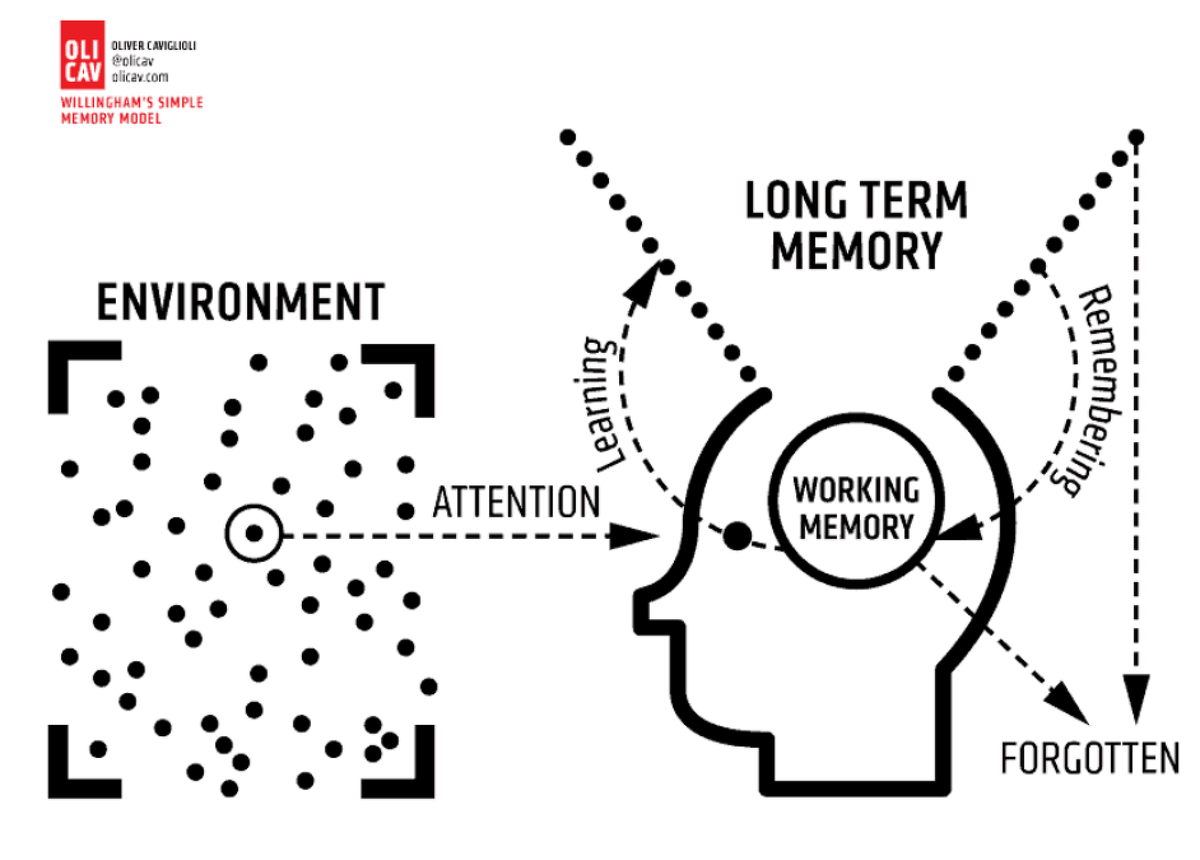Teaching and Learning Update
How we learn

Teaching and Learning Update
How we learn
Last week we shared some information about the significant changes currently happening in Education, both at SKiPPS, across Victoria and in Australia as a whole.
We recommend that you go back and read part 1 that outlined the changes to the Victorian Teaching and Learning Model, based on the science of how learning takes place and the teaching practices that are most effective.
As part of our commitment to providing the best learning experiences for your child, we want to share an important concept that guides how we teach:
Cognitive Load. This simply refers to the amount of mental effort required for learning. Too much mental “load” can make learning harder, while the right balance helps students process and remember what they’re learning.


What Is Cognitive Load?
Our brains have two types of memory that play different roles in learning:
Working Memory: This is the part of the brain we use to process and use information. However, working memory is limited—when there’s too much information or the task is too complicated, it can become overloaded, and children might struggle to remember or understand new ideas.


If too much new information is introduced at once, or if it’s too complex, children can experience cognitive overload, which makes learning difficult. This is why it's so important for teachers to manage the amount of information they present, in a way that supports students’ ability to process and retain what they’re learning.
Research has shown that effective teaching practices can help manage cognitive load and improve learning outcomes. Here are some key strategies we use to support your child’s learning:
Breaking Down Information: Instead of overwhelming students with too much at once, we introduce new material in small, manageable chunks. This helps students focus on understanding each part before moving on to the next.
Providing Clear Guidance: We guide students through tasks, especially when they are learning something new. This might include giving examples, offering step-by-step instructions, or providing feedback.
Building on What They Know: Learning is most effective when students can connect new information to something they already understand. We help children gradually add new knowledge to what they already know, making it easier to remember and use.
Regular Practice and Review: Learning isn’t just about absorbing new information—it’s also about practicing and revisiting it over time. We give students opportunities to review and apply what they’ve learned, which helps strengthen their long-term memory.
Why It Matters
Managing cognitive load is not just about making learning easier—it’s about making it more effective. By reducing unnecessary mental strain, we help students truly understand and retain what they’re learning.
This approach supports all learners, no matter their abilities, and ensures that every student has the best chance of success.
By using these strategies, we’re working to create an environment where your child can thrive, build confidence, and truly master the material they’re learning.
Next week, we will go further into the implications of this model on what takes place in classrooms at SKiPPS and the core role of explicit instruction in this.
Jac Morphy
Assistant Principal - Curriculum and Instruction